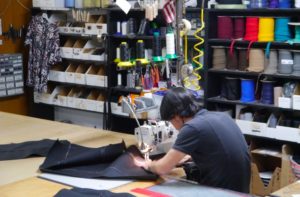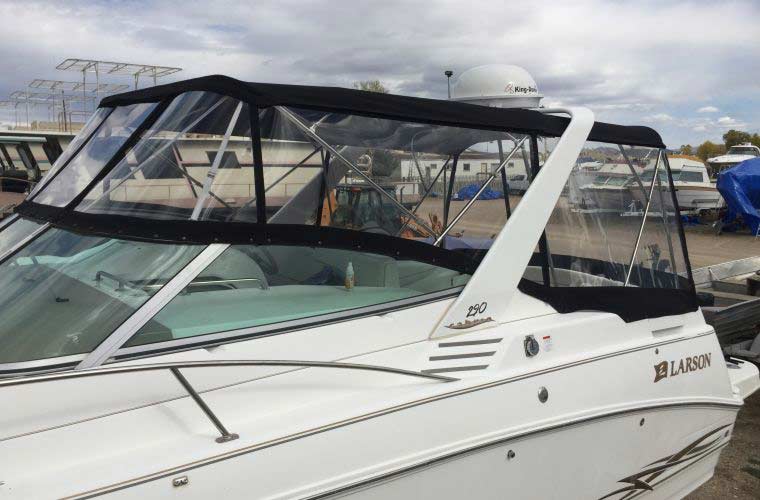
Ours Vs. Theirs: Enclosures
We only build a handful of enclosures a year. Not because we are bad at them but because our fabrication practices take a bit longer causing us to charge a bit more than most of our competition. We think we build some pretty sweet biminis and enclosures, or as many boaters in Utah call them, “Conestoga Cover,” and we would like to share the major differences.
Most of the fabric used in building enclosures is the same shop to shop, with the one major product that would be different is the clear material. There are many options for clear vinyl that we talk about here in another post. What I do want to point out is many other shops and OEM fabricators use lower grade 20 gauge clear vinyl. From my experience, 20 G tends to stretch a bit more early in its life and really shrink up later on. Although it may not be very scientific, just holding and feeling the comparison of a 20 g to a heavier product tells a lot. We will use nothings less than 30 g on our entry level enclosures and as thick at 60 g or a rigid poly-carbonate on our deluxe enclosures. This is a major component and we recommend as your fabricator selecting heavier gauge.
With all of our enclosures, you get our high-end bimini that is built to last. The things about it that make it better, in our opinion, are things like stainless steel framework and hardware, reinforced facing along the edge, double layered custom flap,and zippered pockets for easy removal. In my humble opinion, the best thing we do is only put pin side of the zipper for the enclosure on the top. This way when you are not using the enclosure you don’t have the car flapping in the wind and rattling all day! Many OEM and other fabricators will cut many of these corners to help bring the cost down. It is very common to see aluminum tubing with plastic hardware, no facing or reinforcement of any kind on the edges, single layer flaps and pockets without zippers.
Our two options of enclosures are an economy or weekend warrior, many recommended for boaters who only need it in bad condition. Our deluxe enclosures are for those larger boats who will leave it up year around. With both options we use a fabrication practice we borrowed from Mark and Deb Hood of Hood Canvas out of Massachusetts that hides all zippers and providing overlap and excellent watershed. We also build our bimini and enclosures in a way that keeps holes and gaps from forming between the enclosures panels and Bimini top. These practices will keep the rain out of your boat. It is very common to see gaps and holes for water to get in and will almost always see the zippers. The number one complaint I hear from boaters when talking about their enclosure is the fit, and because of the poor fit it leaks like a civ.
The main difference between the two options, outside of the clear vinyl used, is the finishing of the bottom/snap line. With the economy option, we use a polyester webbing to reinforce the snap lines. With our deluxe option, we take a bit more time and double face the snap line with fabric giving both inside and out a polished finish. Both options are built with longevity in mind. We hope not to see these back in our shop for warranty work so we do our best to fabricate in a way you won’t have issues. Because of that we always sew our zippers on flat through multiple layers to help prevent them from ever tearing. A popular way of sewing zippers on is to add them while sewing on the binding to one layer of fabric. This is much faster process, but from our standpoint it also a much faster way to have a problem.
In the photos below you will see an OEM bimini and enclosure that we replaced with our bimini and deluxe enclosure with rigid polycarbonate front half and 30 g Crystal Clear on the aft half.
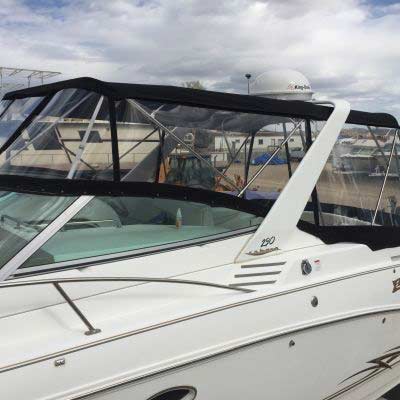
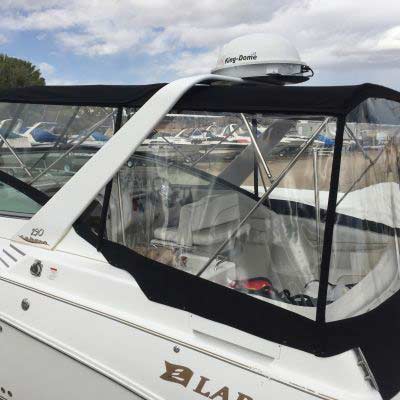
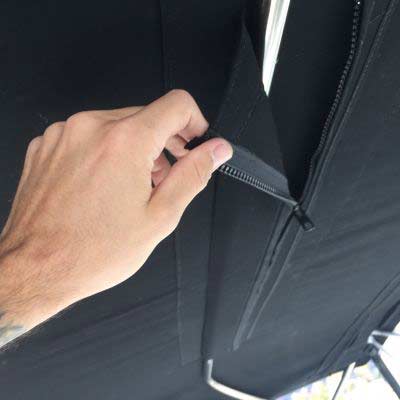
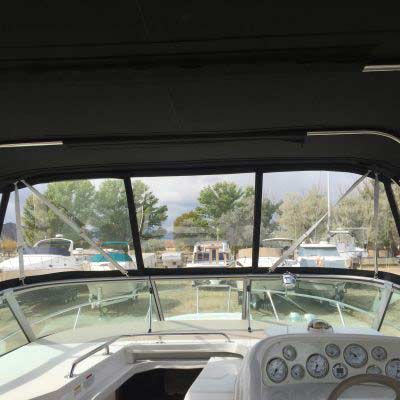
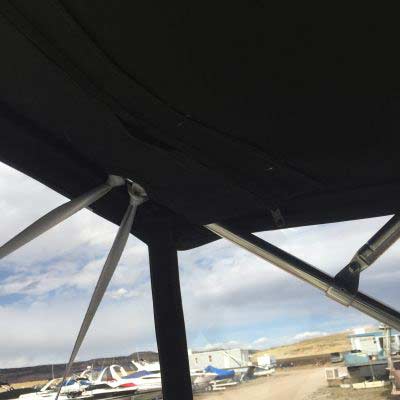
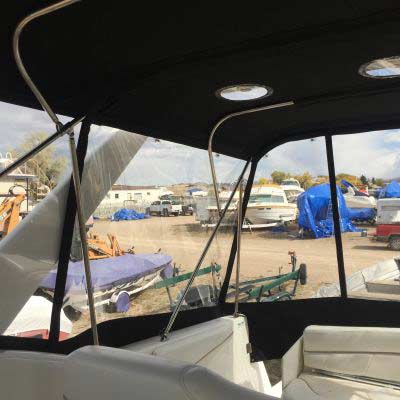
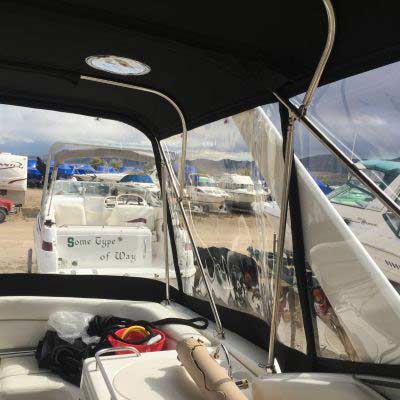
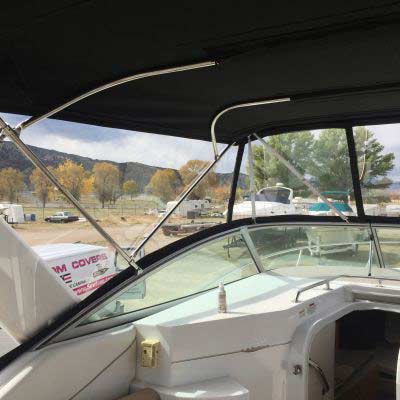
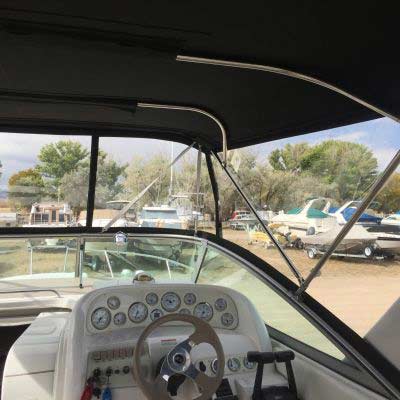
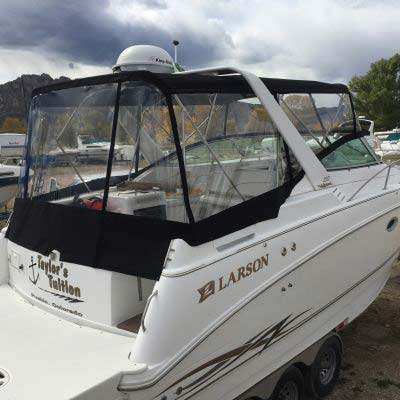
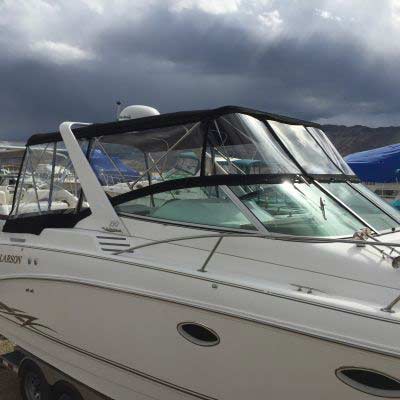
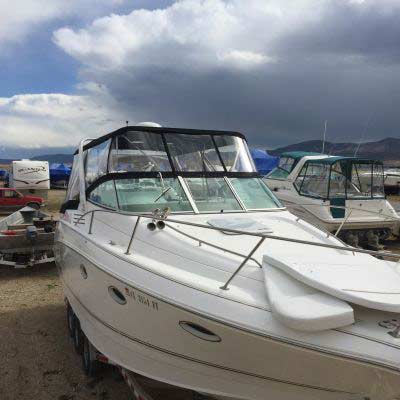
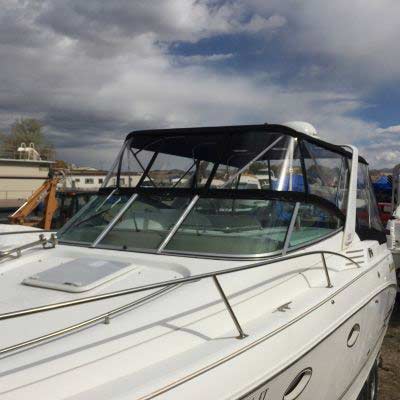
Recent Posts
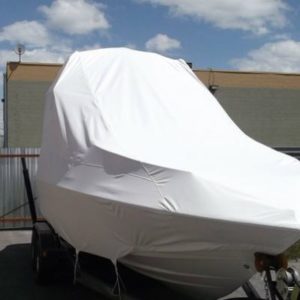
What Cover Do I Need?
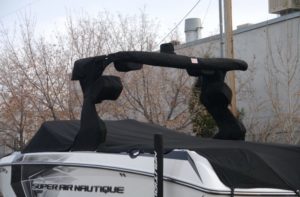
Keepin’ That Tower Clean – The Art That Is A Tower Boot
Featured Posts
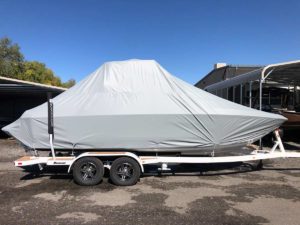
One Size Fits All?
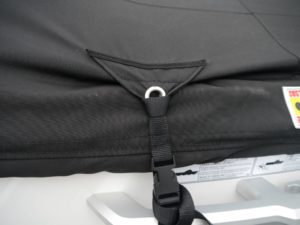
Cinch Vs. Ratchet: Fabrication
